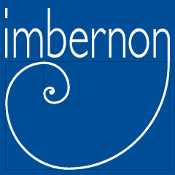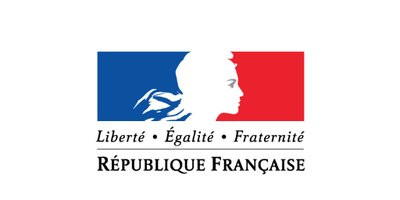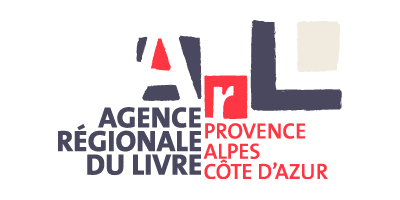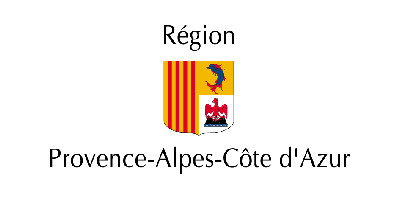Le Corbusier and colour
At Le Corbusier's, colour obeys his approach to the synthesis of the arts, his synesthetic conception of the relationship between lived experience-emotions-and the different dimensions of reality: shapes, colours, sounds...
The invention of Purism (a constructive cubism) with Amédée Ozenfant at the end of the 1910s, is accompanied by the development of three colour scales:
- The large purist range declines "constructive colours" inspired by those of nature: umber, greens, blues of the sky and the sea, red ochre and also black and white to treat light.
- The dynamic range makes it possible to introduce in counterpoint elements of disturbance: lemon yellow, orange, vermilion, veronese green, light colbalt blue, yellow ochre.
- The transition range refers to non-constructive colours, which have "dyeing" properties: emerald green, carmine...
For the architect, colour participates in the construction of the space. Applied to a wall, black makes it move forward, blue makes it move backward, red "fixes" it by affirming its exact location and yellow "destroys" it.
Twice, in 1931 (43 colours) and 1957 (20 colours), a Swiss wallpaper company, SALUBRA, commissioned Le Corbusier to create two collections of colour samples. Le Corbusier then invented the concept of the "colour keyboard". Catalogues equipped with "special glasses" made it possible to isolate two or three assorted colours to match the basic colours of walls, ceilings and floors.
From his first experiments for the La Roche Jeanneret gallery house (1923-1925) to his post-war work with, for example, the Unité d'habitation de Marseille (1947-1952), colour was used by Le Corbusier to turn his architecture into a moving machine...









